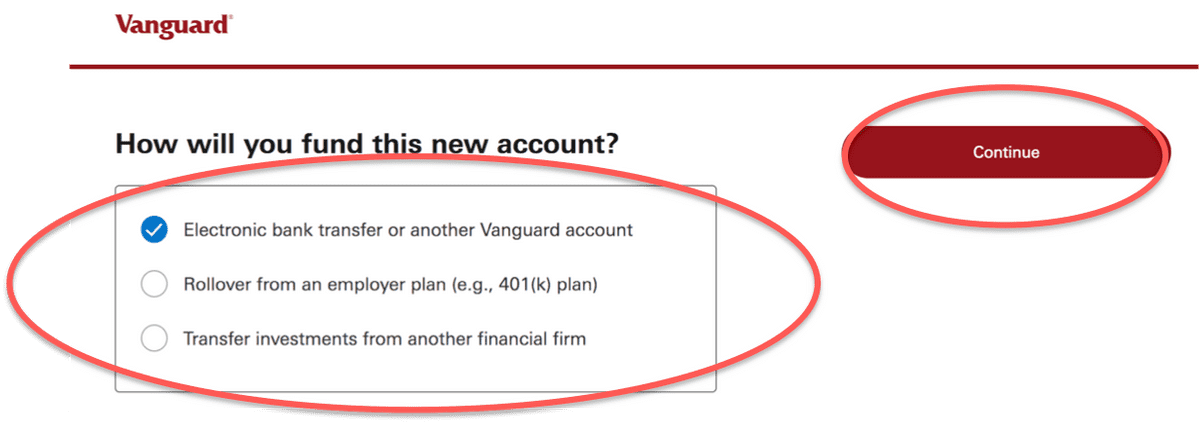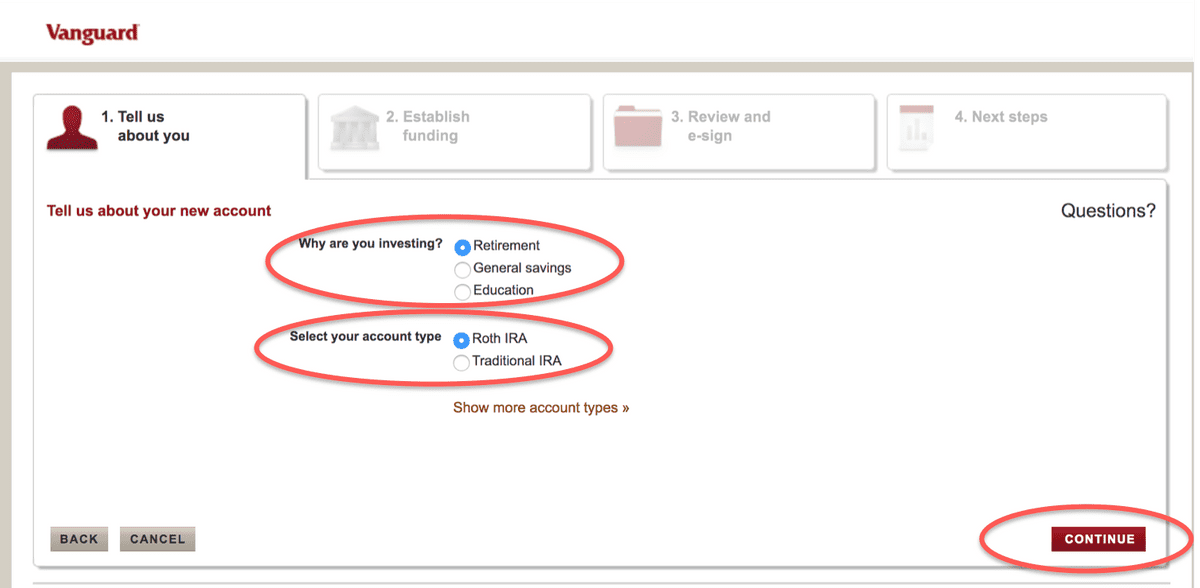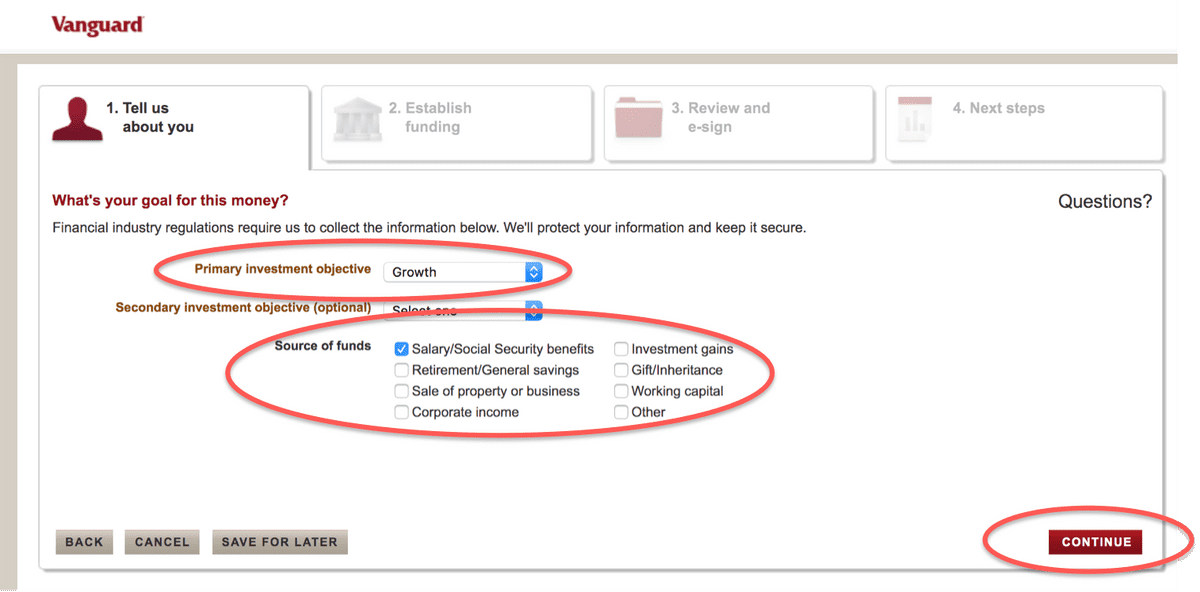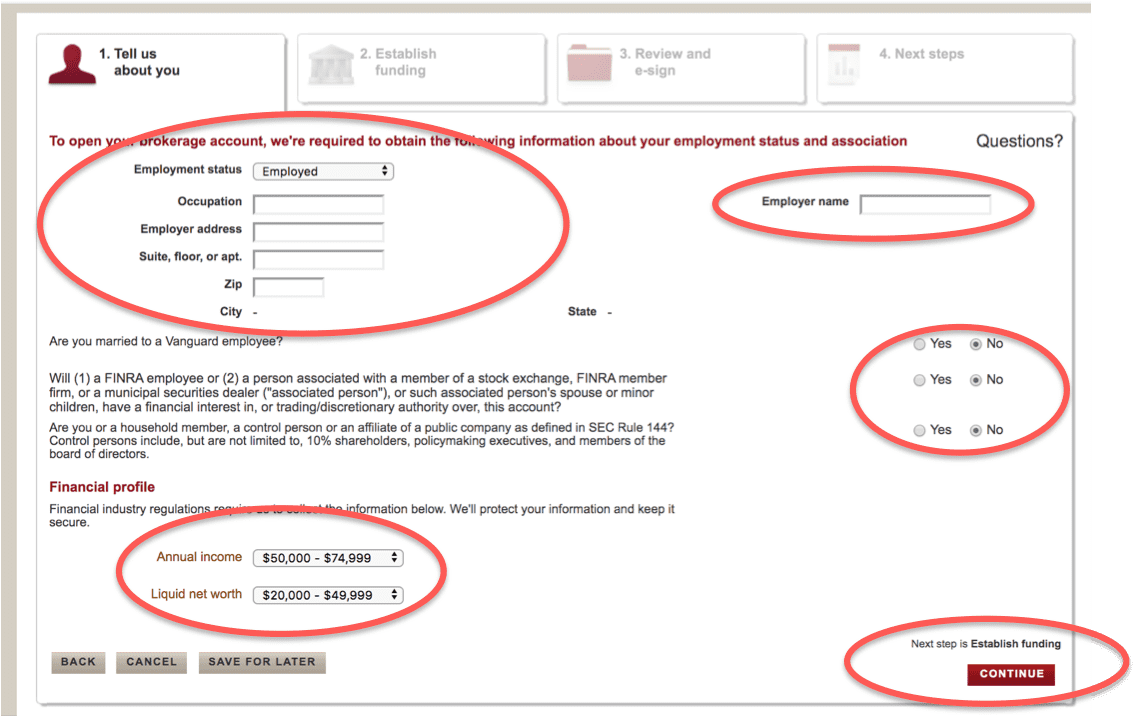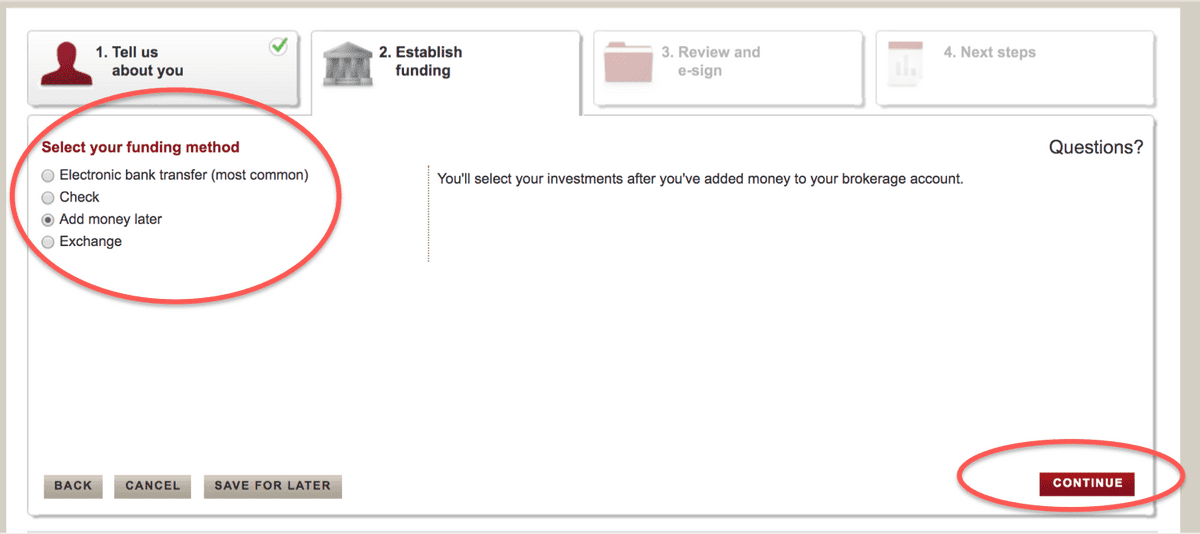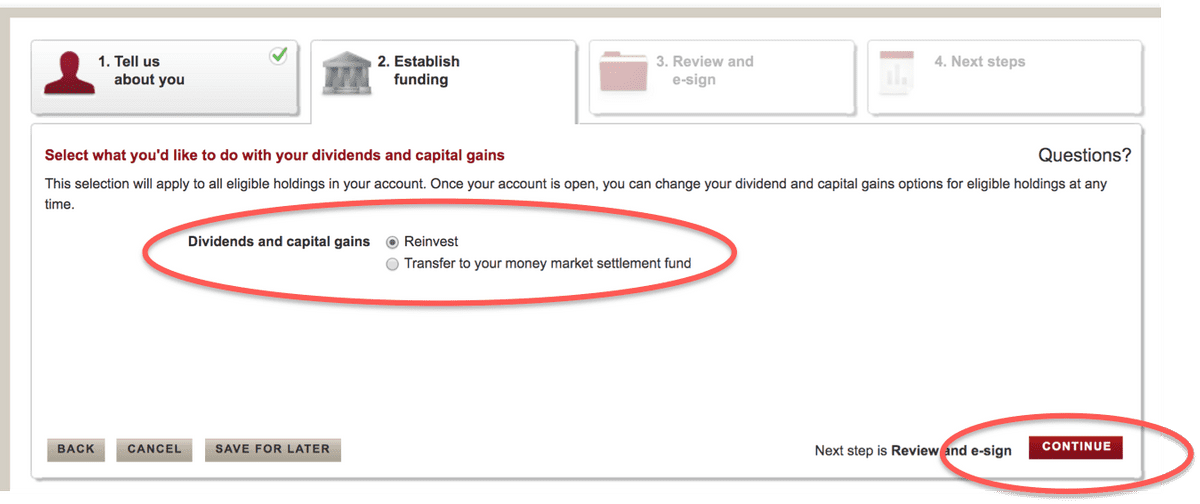Individual Retirement Arrangements (IRAs)
What is an IRA?
An IRA, or individual retirement arrangement, is something YOU open for yourself to save for retirement. It is not associated with any employer (like a 401k is). A benefit of an IRA is that you have easier control over the money and are able to invest that money into a wide array of stocks, bonds, etc. (A benefit of an employer retirement account is that you may get employer matching, may have access to funds with lower expense ratios, and have larger contribution limits.)
Eligibility
The first requirement is that you (or your spouse) had an eligible income in the year you want to contribute for.
To contribute to a roth IRA, your modified adjusted gross income (MAGI) must be under a certain amount. For 2020 you can contribute to a roth IRA if your income is under $139,000 if filing as an individual or $206,000 combined if married and filing jointly.
To contribute to a traditional IRA, there are no income limits. HOWEVER, you can only claim a tax deduction if your MAGI is below a certain threshold if you or your spouse has a retirement plan at their work. If neither do, then you can deduct in full.
How to open an IRA
Opening an IRA is relatively straightforward. You will first need to make an account (if you don't already have one) with a company that supports IRAs. We suggest using a brokerage account such as Vanguard, Fidelity, or Charles Scwhab.
Next, we'll go over step-by-step instructions of opening your IRA, we will use Vanguard to illustrate this, but other brokerages will be similiar.
- Navigate to "Open an Account" when logged in.
- Click "Start your new account."
- Pick an option of how you will fund it. If you are going to use money from your bank account select the top option as done in the screenshot below. Click "Continue."
The next page includes information on what you will need and what you can expect with setting up the account. Make sure you have the information available and then click "Continue."
Click "Retirement" and then select either "Roth IRA" or "Traditional IRA". Then click "Continue."
- Answer the questions about goals of the account and how it will be funded. In our example we selected "Growth" because we want the money in the account to grow over time and "Salary/Social Security benefits" as the source because we are working and will be using money earned with our salary to fund the account.
Confirm/fill out owner information, including address and phone number.
Fill out the employment information and answer the 3 Y/N questions. Annual income should be your household income. Liquid net worth would be any money you have in checkings, savings, other brokerage accounts, but not retirement.
- Now that you have completed the personal information, you will select how you will fund the IRA. You can opt to start funding it right away from your bank (Electronic bank transfer) or fund it later.
- Next you pick what you want to do with your dividends and capital gains. "Reinvest" means that the money your investments make will be put back into those stocks/bonds/funds that you have invested in. The alternative is for it to go into your money market fund, the holding area. You can then choose how to invest it. You can always rebalance so we recommend selecting "Reinvest."
- Review the information and click "Submit"!
Once you have filled out the application and it has been set up, you will receive an email confirmation. If you opted to transfer funds from your bank right away, the transfer will be initiated and you will be notified when it has completed (1-2 days). If you did not elect to transfer money while setting up the account, be sure to do that when you are ready! Note that the money goes into a Money Market Fund and you will need to invest it from there. See our other pages on investing in bonds and stocks.
The Backdoor Roth IRA
Let’s say you’re a high income earner with a retirement plan at work, so you cannot claim a deduction if you contribute to a traditional IRA, but your income either precludes you from contributing to a roth or puts you close enough to the cuttoff that you’re not sure if and how much you could contribute to a roth. You could contribute to the traditional IRA (there are no income limits on contributing) BUT you don’t get a tax advantage -- you will still need to pay taxes on your contribution. That doesn’t seem all that great, in fact you may be thinking it would be better to not contribute at all. HOWEVER, there exists the backdoor roth IRA, a loophole that allows you to convert your (after tax) contributions to a traditional IRA into a roth IRA.
The way you do this is:
- Contribute to a traditional IRA (no deduction, so you pay taxes, as you are over the income limit).
- "Convert" the funds to a roth IRA (there should be a straightforward way to do this with your brokerage). You will pay income taxes on any money converted, but you would be anyway, as you are above the income limit to deduct the contribution in #1 to your traditional IRA.)
- Now you effectively have contributed to the roth IRA, even though your income was above the annual limit!
Surprisingly, this workaround is entirely legal and very commonly done.
- © 2020 Explore Personal Finance
- About
- Contact
- Disclaimer


